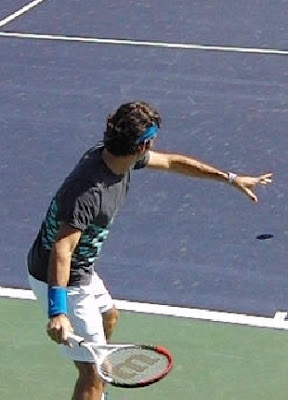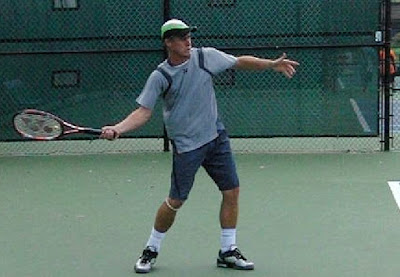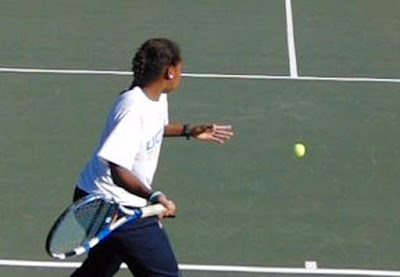TheCheese
Professional
I have to very much disagree.Interesting thought about two different types of fhs.
I guess I think of it more as a continuum. The more Western your grip is, the more you're going to use "the lever" to achieve the swing path. The more Eastern, the more you need to pronate your wrist to achieve the swing path.
I don't know that one requires better timing than the other.
I do think there's a bit of "pick your poison" however. The more Western grips make top spin easier to achieve, but hitting through the ball can be harder. The more Eastern grips the opposite, hitting through the ball comes more easily but getting good topspin is harder. At the optimum I don't know that there's a difference in what can be achieved.
Watch the 2007 QF match at the USO between Fed and Roddick. Very different grips on the fh, but both of them are hitting very, very hard with lots of spin, and not missing much. Brutally honest guest commentary by Agassi as a bonus.
It's not a continuum, but two very distinct techniques and biomechanical movements that should not be confused.
It's supination vs pronation. Trade-off between ball speed and spin vs simultaneous production of both.
Someone with a semi-western using the Roddick technique vs the Federer technique produce a VERY different looking stroke and very different results.
Last edited:





